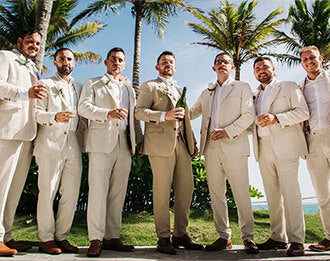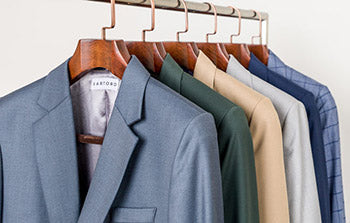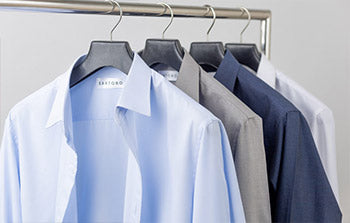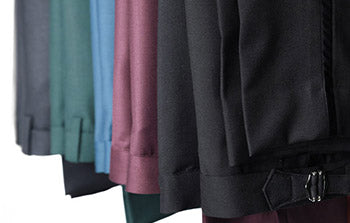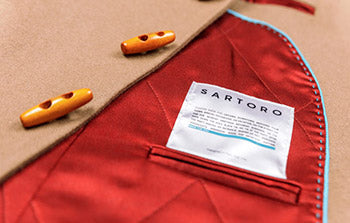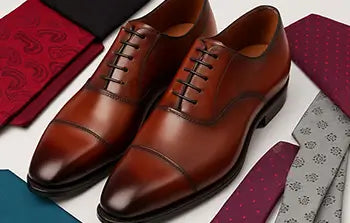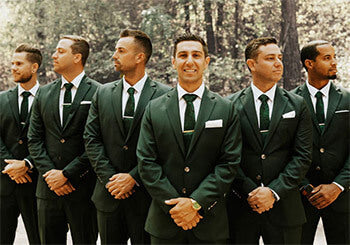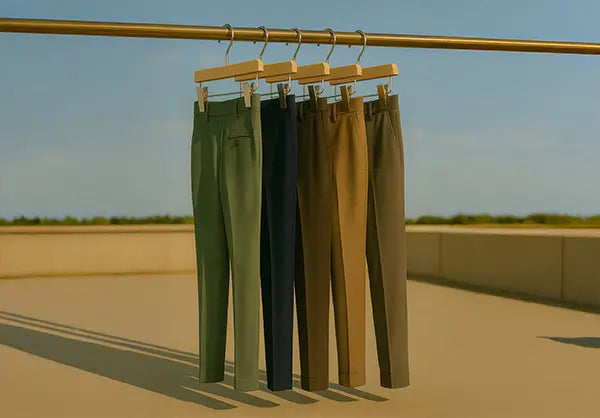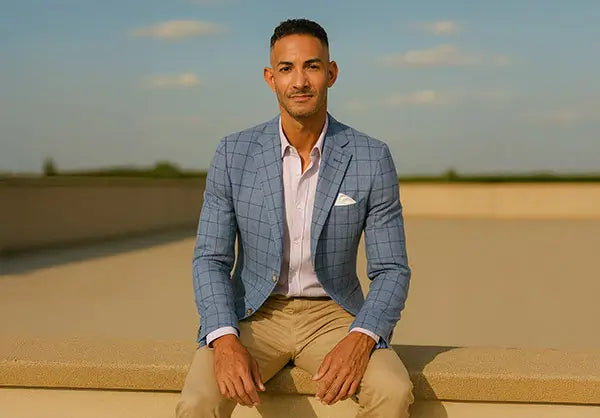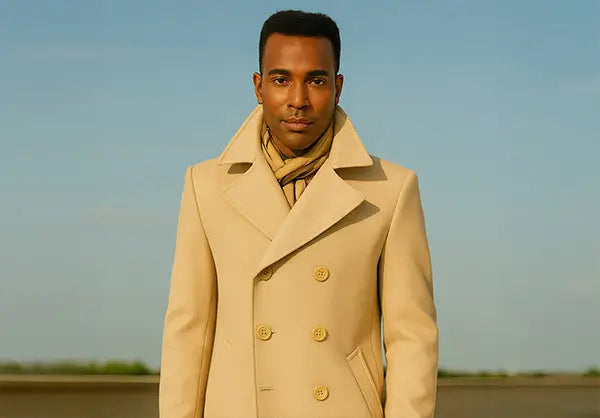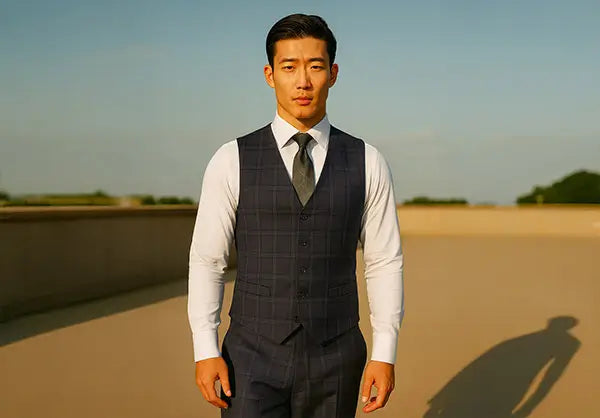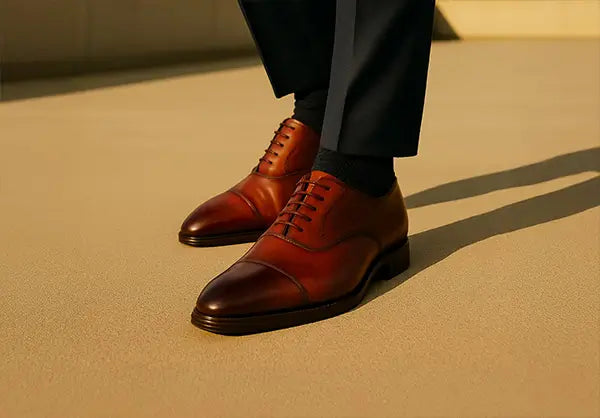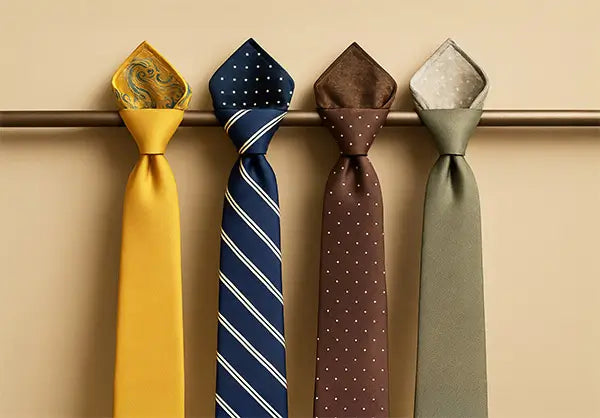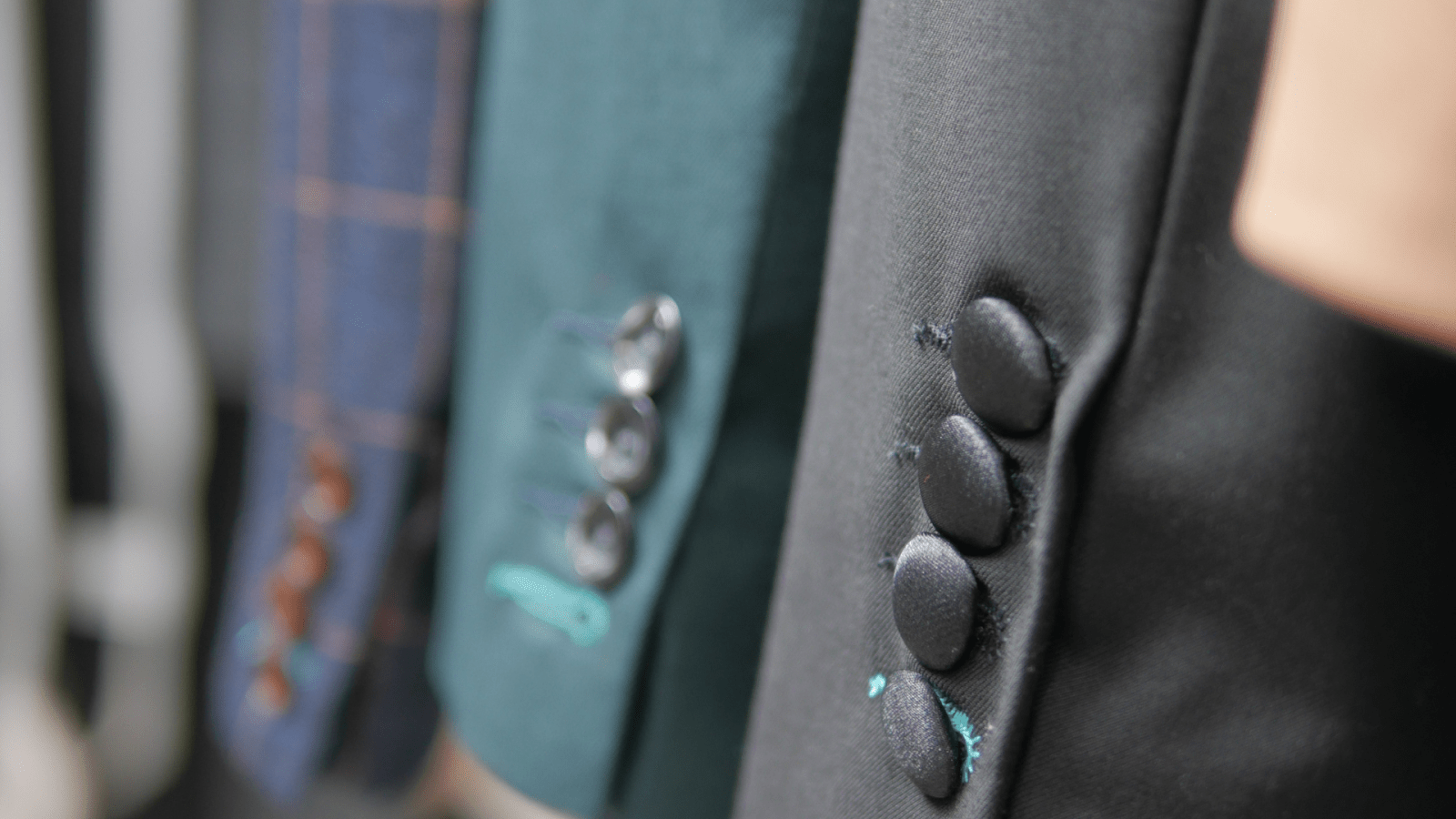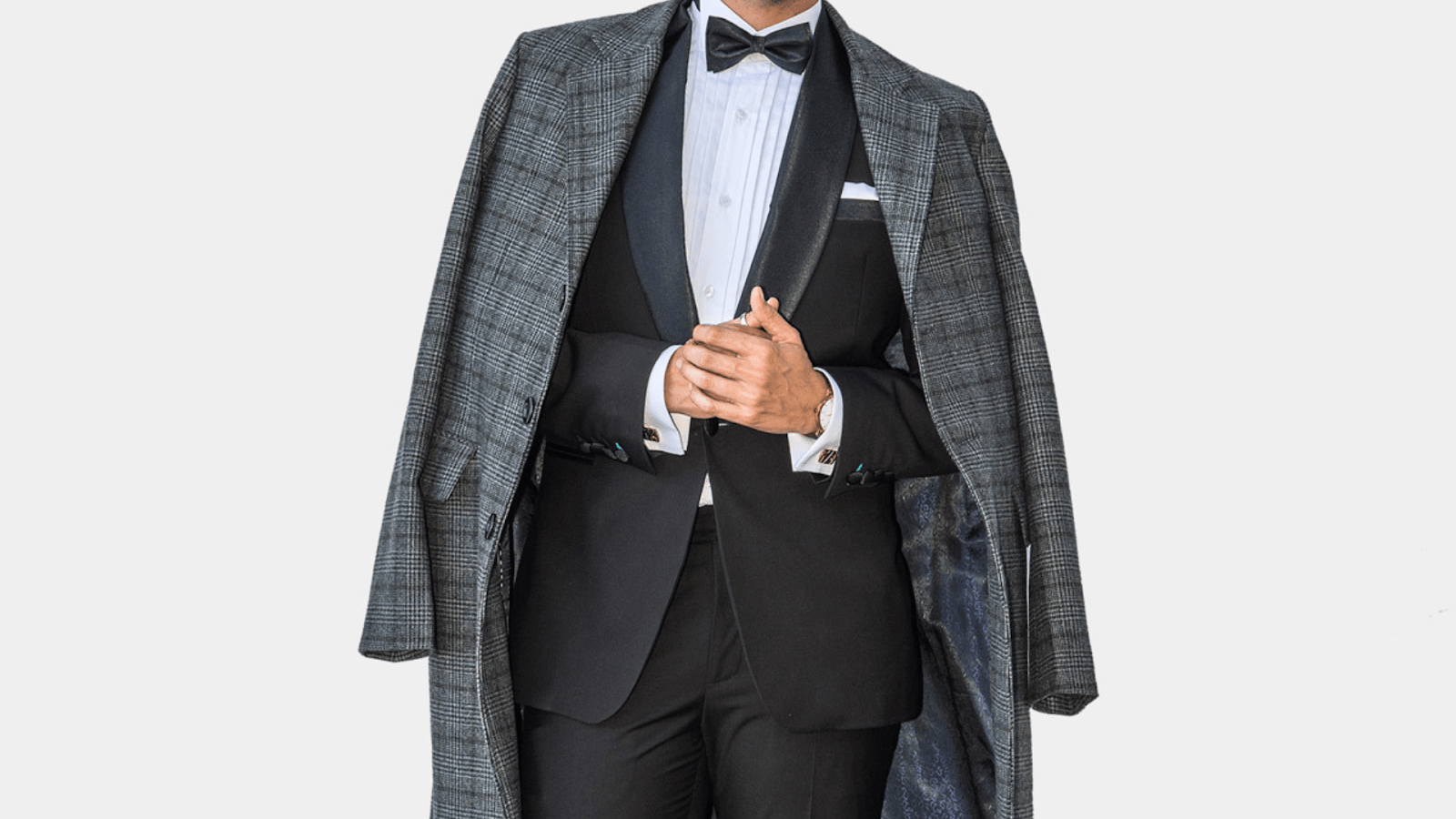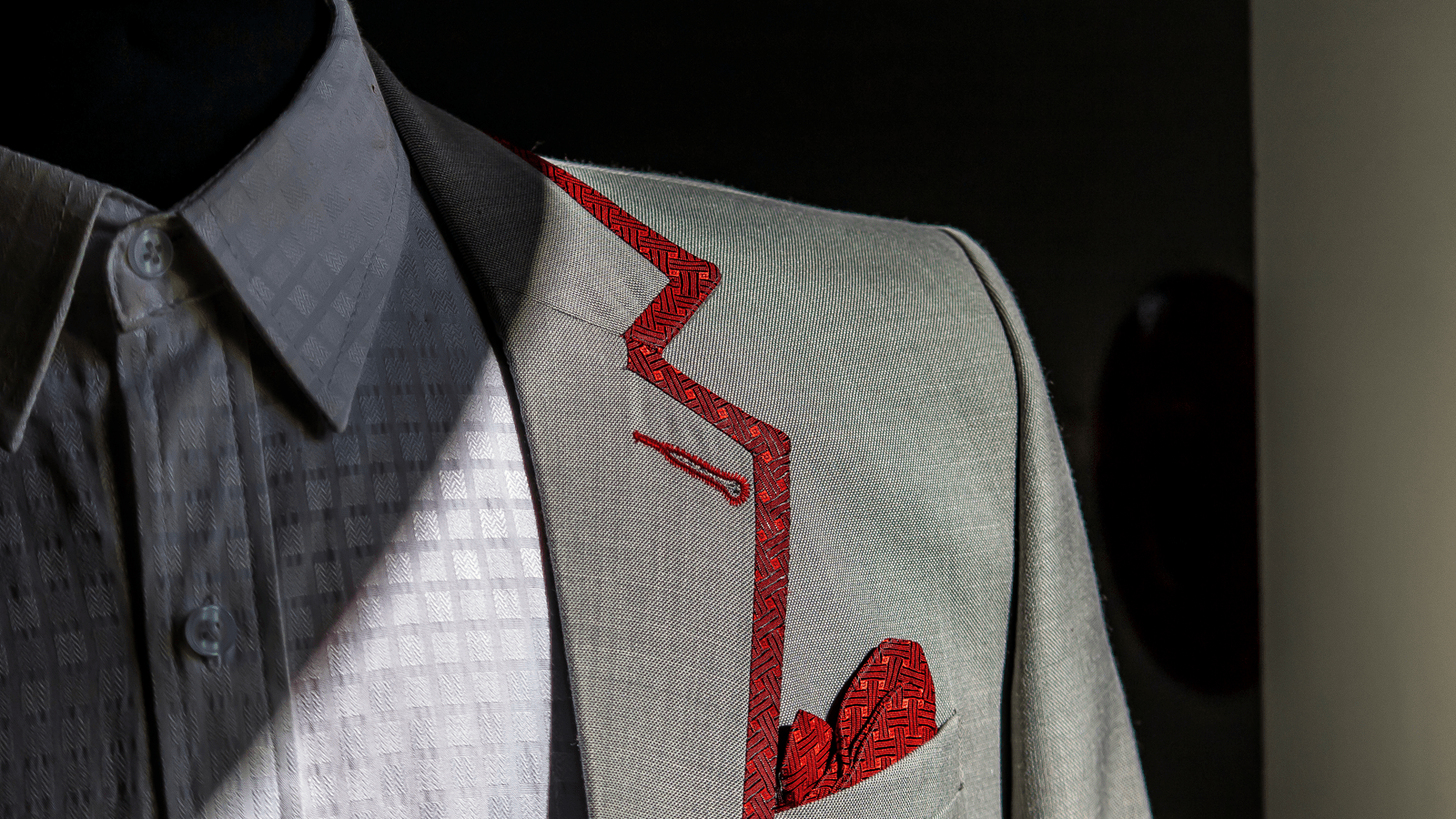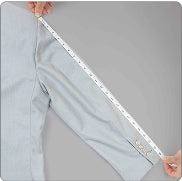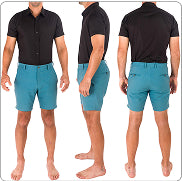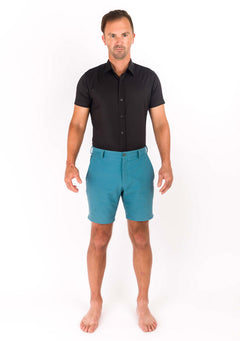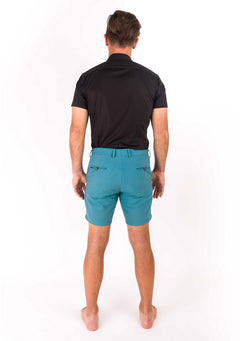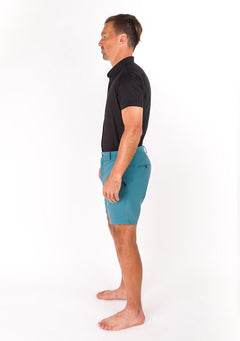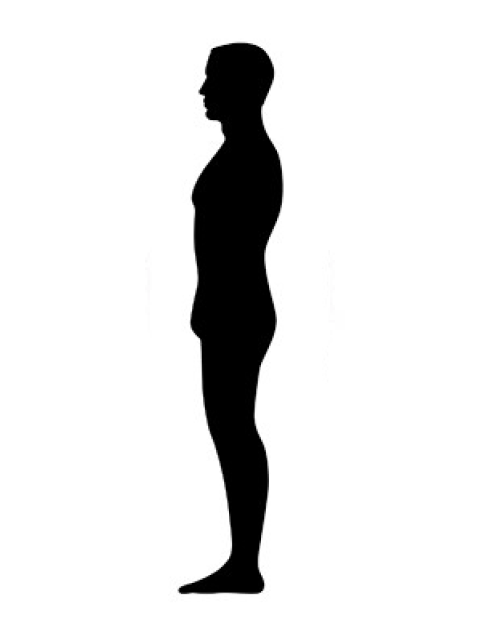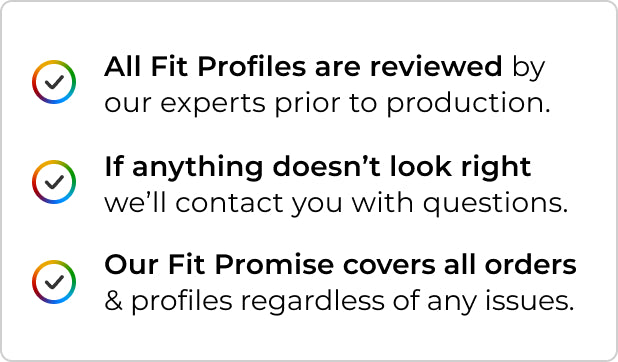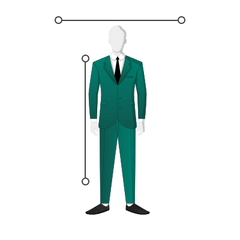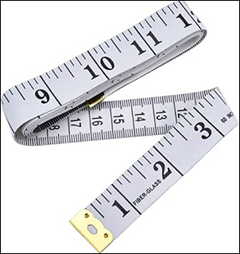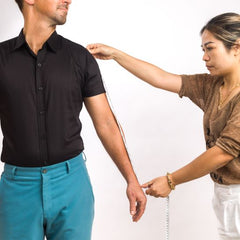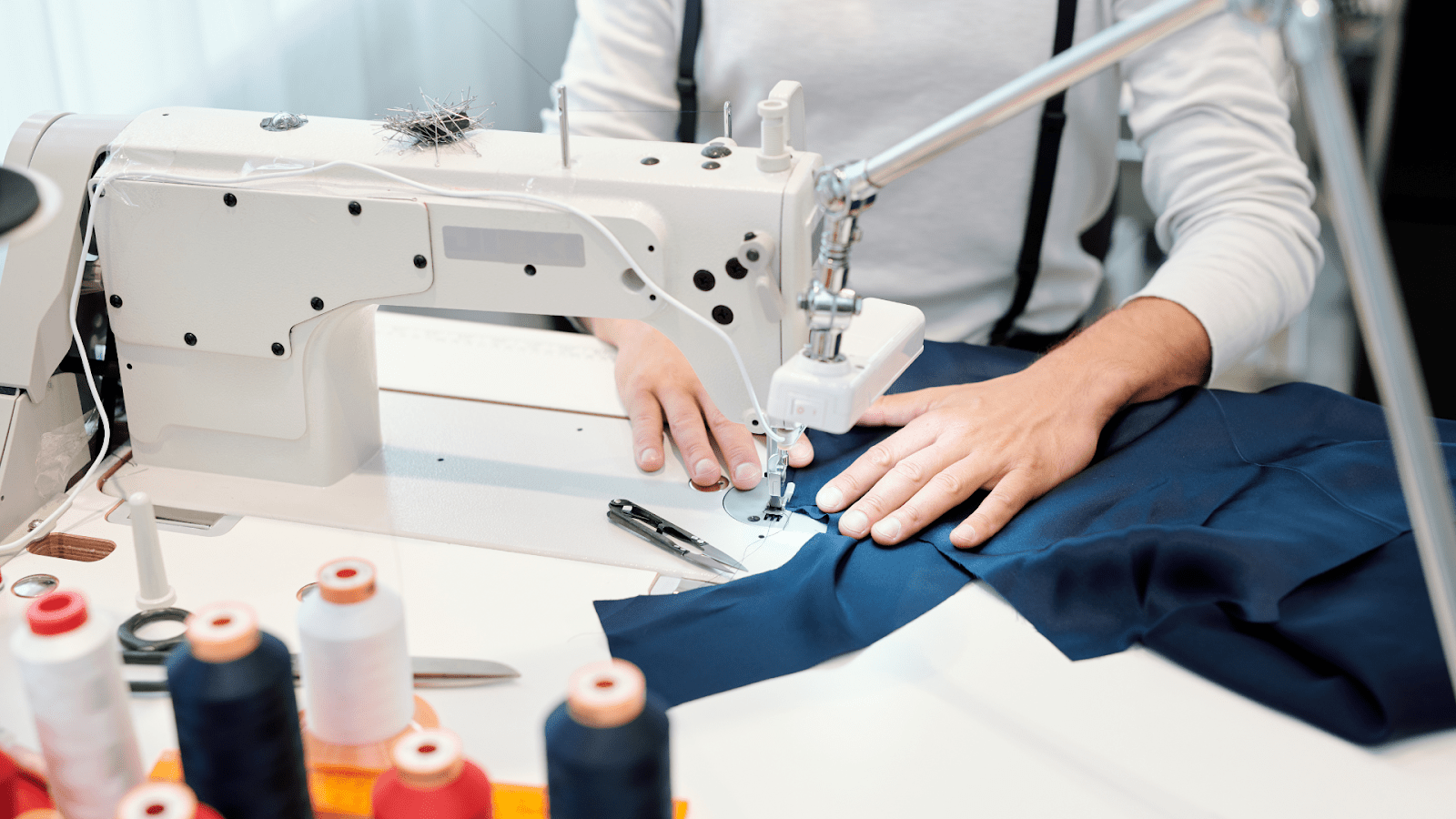
How Much Does It Cost To Tailor A Suit?
Contents
- Why Knowing The Cost To Tailor A Suit Matters
- Common Suit Alterations And Their Typical Prices
- How Suit Fabric Influences Tailoring Costs
- The Impact Of Location On Tailoring Prices
- Tailoring Costs For Different Suit Types (Off-The-Rack Vs. Designer)
- Choosing The Right Tailor: What To Look For
- Tips For Saving Money On Suit Tailoring Without Sacrificing Quality
- Final Thoughts
- Frequently Asked Questions About How Much Does It Cost To Tailor A Suit?
Key Takeaways:
- Know Typical Alteration Prices: Expect to pay $20–$50 for common tweaks like hemming pants or adjusting sleeves, with full suit packages ranging $150–$300.
- Fabric & Location Affect Costs: Delicate fabrics (silk, wool blends) and big-city or boutique tailor shops command higher fees; robust materials and regional tailors tend to be more affordable.
- Choose Your Tailor Wisely: Prioritize craftsmanship, clear communication, and transparent pricing—building a relationship with a trusted tailor can yield better quality and long-term savings.
Tailoring a suit can make all the difference between looking off-the-rack and truly polished. But how much does it cost to get that perfect fit? Whether upgrading your work wardrobe or prepping for a special occasion, understanding tailoring prices helps you plan smarter and feel confident without breaking the bank.
In this guide, we’ll break down what influences tailoring costs, what you can expect to pay, and how to get the best value without sacrificing style.
Why Knowing The Cost To Tailor A Suit Matters
Understanding the typical costs of tailoring a suit allows you to plan your expenses accurately. Whether you buy off-the-rack or invest in a custom suit, knowing tailoring fees helps avoid surprises and keeps your budget on track.
How Tailoring Affects Your Suit’s Fit And Appearance
Tailoring is key to ensuring your suit fits perfectly and looks polished. Without proper adjustments, even an expensive suit can appear sloppy. Knowing the cost helps you commit to alterations that enhance your overall style and confidence.
Making Informed Decisions When Buying A Suit
When you know tailoring costs upfront, you can factor them into your total spending. This insight can influence whether you choose a particular suit or retailer, helping you get the best value without compromising fit.
Avoiding Overpaying For Alterations
Awareness of standard tailoring costs prevents you from overpaying or accepting low-quality services. It empowers you to compare prices, ask the right questions, and select a tailor who offers fair pricing and quality work.
Planning For Future Suit Maintenance
Tailoring costs aren’t just a one-time expense. Knowing the typical fees prepares you for future adjustments as your body changes or fashion trends shift, ensuring your suit remains a worthwhile investment.
Common Suit Alterations And Their Typical Prices
Certain alterations are more common than others when it comes to tailoring a suit. Understanding these typical adjustments and their average costs can help you budget accordingly and get the perfect fit.
Jacket Sleeve Adjustment
Adjusting the length of the jacket sleeves is one of the most frequent alterations. On average, this alteration costs between $25 and $50, depending on the complexity and fabric.
Taking In Or Letting Out The Jacket
Tailors may need to remove or let out the jacket body to better fit your frame. Depending on the amount of fabric that needs to be adjusted, this can cost $40 to $100.
Hemming The Pants
Shortening the length of the pants is a standard alteration. The average cost for hemming pants falls between $20 and $40.
Waist Adjustment On Pants
Depending on the complexity of the work, taking in or letting out the waist of the pants typically costs between $30 and $60.
Tapering The Pants
Slimming the legs of the pants for a modern fit usually costs around $30 to $70, based on the amount of tapering needed.
Adding Or Adjusting Shoulder Pads
Modifying shoulder pads to improve fit or style can cost anywhere from $25 to $75.
Button Replacement Or Adjustment
Replacing missing buttons or adjusting button placement typically costs between $10 and $25.
Full Suit Alteration Packages
Some tailors offer complete alteration packages for suits, which may include multiple adjustments. These packages typically range from $150 to $300, depending on the number and type of alterations needed.
Knowing these average prices can help you plan your tailoring budget and ensure your suit fits perfectly without unexpected costs.
How Suit Fabric Influences Tailoring Costs
Below, we explore the main factors your suit fabric can influence tailoring costs.
Fabric Complexity And Workmanship
Certain fabrics demand a greater degree of skill and time from a tailor. For example, fine wool, cashmere, and specialty blends are fluid and delicate, requiring precision with every cut and stitch.
Fabrics like velvet or silk are notoriously tricky, prone to marking or slipping under the needle, often resulting in a higher labor charge. Conversely, more robust materials such as twill or heavier cottons are straightforward to handle and, as a result, less expensive to work with.
Structure And Reinforcement
The structure of your suit can depend heavily on your fabric choice. Stiffer or thicker fabrics may require special linings or reinforcement methods to maintain shape and provide a refined finish. On the other hand, lightweight materials necessitate a more delicate approach—tailors must carefully reinforce seams and edges to prevent fraying or distortion, increasing labor and potential cost.
Pattern Matching And Detailing
Tailoring suits from patterned fabrics—think plaid, stripes, or checks—demands meticulous pattern matching at every seam, pocket, and lapel. Achieving seamless continuity in the design is a mark of expert craftsmanship and requires additional time and care, translating into higher tailoring fees compared to solid-colored suits. Intricate detailing, such as piped edges or hand-stitched accents, can further raise costs, as these elements are often executed by hand.
Fabric Quality And Durability
Not all fabrics respond to alterations in the same way. Premium, high-twist wools and luxury blends allow for more aggressive shaping and will react beautifully to tailoring. At the same time, cheaper synthetics may resist precise adjustments or even show marks from previous seams. Tailors often need to take a more cautious, incremental approach with delicate or less-forgiving fabrics, resulting in lengthier—and costlier—workmanship.
The Impact Of Location On Tailoring Prices
The cost to bring a suit to life—whether for a refined business event or an unforgettable wedding—often reflects your local area's economic realities and standards. Urban centers, regional differences, and even neighborhood prestige can all influence what you expect to pay for expert tailoring.
Metropolitan Vs. Regional Markets
Tailoring services in major cities—think New York, London, or Paris—often come with a premium. High overhead costs, experienced tailors in demand, and an affluent clientele contribute to elevated pricing.
In contrast, regional towns or suburban locations may offer lower rates, though the expertise or fabric selection might also be more limited. The type of clientele in a given area can influence the cost and the style of tailoring services available.
Boutique Studios Vs. Traditional Tailor Shops
Another factor intricately tied to location is whether you visit a boutique studio in a fashionable urban corridor or a long-standing neighborhood tailor. Boutique ateliers and high-street shops in trend-setting districts frequently charge more for their craftsmanship and personalized consultation, reflecting both their brand reputation and local expectation of service levels.
Global Price Variations
Internationally, tailoring costs also shift according to the country’s labor market and fashion culture. Tailoring in cities such as Hong Kong or Bangkok, for instance, is renowned for offering bespoke experiences at surprisingly competitive rates, owing to a rich tailoring tradition and lower local labor costs. Conversely, tailoring in Europe or North America tends to be higher due to stringent quality control and established sartorial standards.
Understanding these nuances helps you make informed decisions when seeking the right tailor for your needs. Your location is not just a pin on the map—it influences the artistry, pricing, and experience of creating your ideal suit.
Tailoring Costs For Different Suit Types (Off-The-Rack Vs. Designer)
The cost of tailoring a suit often depends on the type of suit you're working with—off-the-rack or designer. Understanding the difference can help you make smarter wardrobe decisions without overspending.
Off-The-Rack Suit Tailoring
Off-the-rack suits are mass-produced and rarely offer a perfect fit off the hanger. Tailoring these suits usually involves adjusting sleeves, hemming pants, or tapering the jacket. Basic alterations typically range from $75 to $300, depending on the work involved and the tailor’s skill. Major adjustments, like shoulder or jacket reconstruction, cost more and may approach the price of the suit itself. This route works well for light refinements but might fall short of a truly elevated look.
Designer Suit Tailoring
Designer suits are crafted with premium materials and structured with greater precision. Altering these pieces requires care to preserve the garment’s integrity. Tailoring costs for designer suits start around $150 for simple fixes and can reach $500 or more for complex work.
The higher price reflects the luxury fabric and the craftsmanship needed to ensure the suit retains its original quality and design. Professional tailoring is worth the expense for those investing in a polished, high-end fit.
Choosing The Right Tailor: What To Look For
Selecting the right tailor is an essential step in ensuring your suit fits impeccably and reflects your personal style and sartorial aspirations. While many tailors offer their services, discerning the subtle differences between them will help you make confident, informed decisions on your journey toward elevated elegance. Here are the key considerations to keep top of mind:
Craftsmanship And Experience
A tailor’s pedigree is revealed through their craftsmanship and years of experience. Seek professionals who are transparent about their training and portfolio. Examine their stitching, attention to detail, and finishing touches—these small elements indicate a commitment to quality. Don’t hesitate to ask about their expertise with specific fabrics or suit styles, especially if you have unique preferences or requirements.
Range Of Customization
The ability to customize is where a tailor moves from simply altering garments to crafting wearable art. Look for a tailor who offers a wide selection of fabrics, linings, lapel styles, and finishing details. Ask about options for pocket placement, button stance, and even hidden monograms or functional sleeve buttons. The more options available, the greater your suit’s individuality.
Communication And Service
A strong client-tailor relationship is built on clear communication and attentive service. Your tailor should listen to your needs and offer expert guidance, whether you’re a seasoned suit-wearer or commissioning your first bespoke piece. Responsive tailors take the time to explain the process, set realistic timelines, and offer style advice that enhances comfort and confidence.
Fit Flexibility And Alteration Policies
Even with the most advanced measurements, minor alterations are sometimes needed for a flawless fit. Ask your tailor about their approach to post-fitting adjustments and their alteration policies. A reputable tailor stands by their work and addresses any fit issues promptly, ensuring the final garment is comfortable, functional, and elegant.
Tips For Saving Money On Suit Tailoring Without Sacrificing Quality
A custom-tailored suit is an investment in personal style and confidence, but achieving the perfect fit doesn’t have to come at an excessive expense. By making strategic choices at every stage of the tailoring process, you can optimize your budget and wardrobe. Below, discover expert tips to help you navigate the world of suit tailoring while prioritizing quality and sophistication.
Choose Classic, Versatile Fabrics
Opting for timeless fabrics—think navy, grey, or charcoal wool—can stretch your budget further. Classic colors and materials offer year-round versatility and remain in style, allowing each tailored piece to serve you across multiple seasons and occasions. Investing in a neutral, high-quality fabric increases the longevity of your suit and reduces the need for frequent replacements.
Simplify Customizations
While luxury details such as functional buttonholes, custom linings, or special stitching elevate the aesthetic, they can also increase costs. Focus on essential adjustments that directly impact fit, like sleeve, trouser, and jacket waist alterations, rather than ornate customizations. A well-fitting, simply tailored suit consistently looks refined and contemporary.
Establish A Relationship With A Trusted Tailor
Building a rapport with an experienced tailor can lead to more cost-effective long-term outcomes. Tailors who understand your preferences and body type can make more efficient, accurate adjustments, potentially reducing future alteration costs. Many tailors also offer deals for repeat customers or multiple garments, making investing in an ongoing partnership worthwhile.
Assess Off-The-Rack Options For Minor Alterations
If bespoke tailoring isn’t immediately attainable, consider starting with a high-quality off-the-rack suit and budgeting for minor, targeted adjustments. Subtle tweaks to sleeve length, trouser hem, or jacket suppression often achieve a strikingly custom look without bespoke pricing. Remember: fit is the cornerstone of sharp style, regardless of whether a suit began on the rack or in the atelier.
Final Thoughts
Tailoring transforms a good suit into a great one, and knowing what it costs helps you make savvy style investments. From basic sleeve hems to full alteration packages, understanding typical fees, fabric complexities, and regional pricing ensures a flawless fit without sticker shock. By choosing the right tailor, prioritizing essential adjustments, and factoring alteration costs into your suit budget, you’ll enjoy a custom-made, polished look that lasts for years.
Read also:
Frequently Asked Questions About How Much Does It Cost To Tailor A Suit?
Is it worth getting a suit tailored?
Yes. Tailoring ensures your suit fits perfectly, accentuating your silhouette and enhancing comfort. An expertly tailored suit looks more polished and increases the garment’s longevity. Tailoring is often a wise investment in your personal style and confidence for special occasions or professional settings.
What's the price difference between buying off-the-rack and tailoring a suit?
Off-the-rack suits are usually more affordable initially, but additional tailoring costs can add up, especially if the suit requires major adjustments for a proper fit. In contrast, custom or made-to-measure suits integrate tailoring into the upfront cost, offering a personalized fit right from the start. The final expense depends on the brand and the extent of alterations needed for off-the-rack pieces.
Does it cost more to tailor a designer suit?
Generally, yes. Designer suits often use premium fabrics and have intricate construction, which demands a higher level of skill and time from the tailor. Consequently, the cost for alterations on a designer suit tends to be higher, particularly if specialty materials or detailed design elements are involved.
Can I negotiate the price of suit tailoring?
Some independent tailors may be open to discussion, particularly for larger projects or bulk orders. However, many tailoring establishments have fixed pricing based on the complexity of the work. It’s respectful to approach the conversation with an understanding of the craftsmanship and labor involved.
How do tailors determine suit alteration prices?
Tailors typically price alterations according to the difficulty level, the garment’s construction, and the required labor. Simple changes like shortening sleeves tend to cost less, while more complicated structural alterations command a higher price. Hand-finishing, specialty materials, and urgency can also influence the total.
Do different fabrics or suit styles affect tailoring costs?
Yes, both fabric choice and suit style can impact the tailoring price. Delicate or complex fabrics—such as silk, velvet, or patterned wool—require extra care and expertise. Similarly, double-breasted jackets or suits with intricate detailing demand more attention to maintain their structure and appearance, leading to higher tailoring costs.

